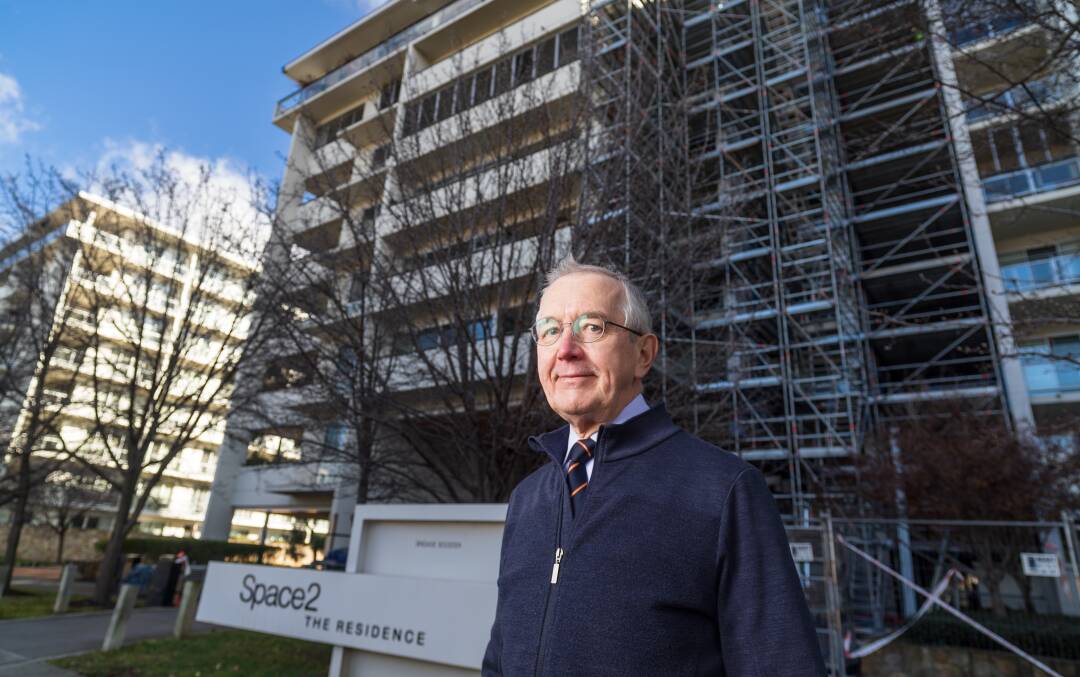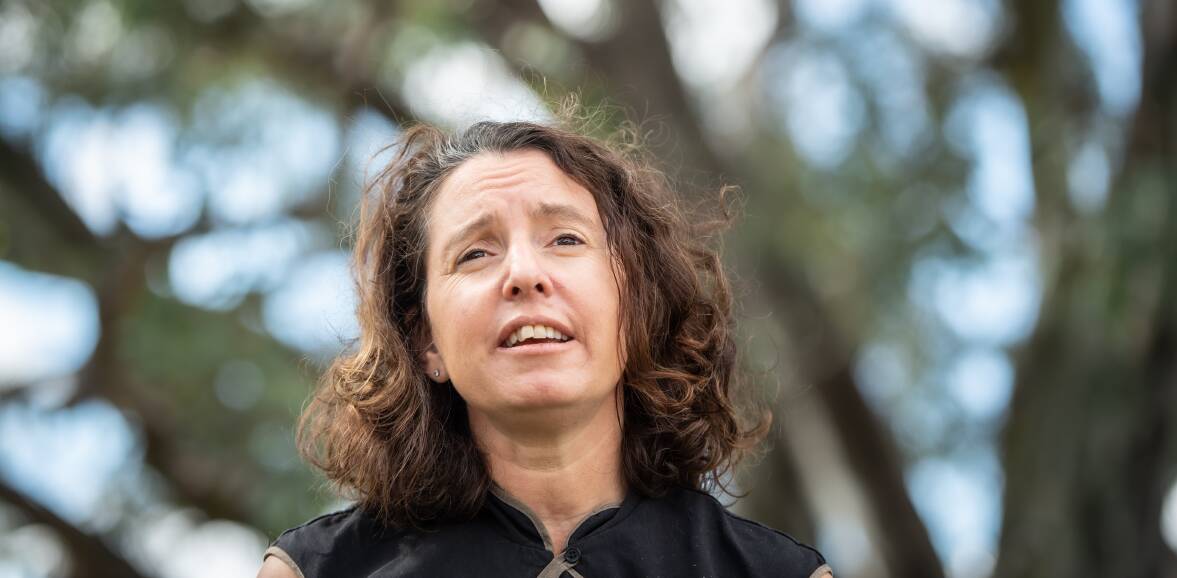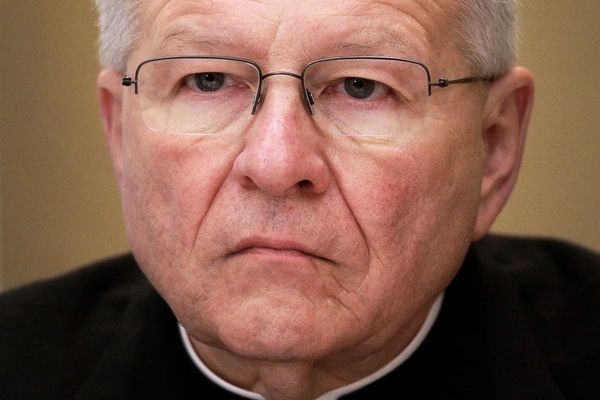
When residents of one of the eight-storey apartment blocks on Northbourne Avenue learnt that they would have to pay $40,000 to get the flammable cladding removed from outside, some were beside themselves in despair.
"They broke into tears. They had no capacity to pay," according to Neil Le Quesne, one of the residents who chairs the building's executive committee.
The cladding barely covers 15 per cent of the outside walls, but the insurance company had told the body corporate that it posed an "intolerable risk".
But the cost of removing the stuff which had caught light and killed 72 residents of Grenfell Tower in London was put at $2.5 million, money which had to be found.
Now the ACT government has stepped in with its $50 million Private Buildings Cladding Scheme to make privately-owned buildings safe.
Under the scheme, each eligible owners corporation can borrow up to $15 million for 10 years at a fixed interest rate below the market rate.
The Strata Community Association welcomed the initiative, but with caveats. "SCA maintains real concerns about the structure of the loan scheme, particularly in relation to the long-term implications of a fixed interest rate that sits at 4.2 per cent," a statement said.
The association also feared that some cladding on some buildings had been missed because not enough investigation was done across the ACT.
The government said it had received 74 applications from 73 owners corporations, of which 62 had been approved. Six were ruled out, two were withdrawn and four were still being assessed.
It identified 113 buildings in total, 90 of them private and 23 public. Of the 90 privately-owned buildings, 16 are thought to be removing the cladding without financial assistance from the taxpayer.
The financing of the removal has been complex.
The loans of up to $10 million per building will be offered even where residents had already agreed to pay for the removal of the cladding themselves. "I think the government has been good-hearted about this," Mr Le Quesne of the Northbourne Avenue building said.
He reckoned his building would need to borrow about $2.5 million even though the dangerous cladding only covered about 15 per cent of the outside walls.
The ACT minister responsible said that $50 million had been allocated for the loans, though she conceded that the amount could be looked at again if demand was high.

"We recognise the challenges faced by apartment building owners to address combustible cladding without assistance, which is why we have provided financial support firstly with our testing and assessment rebate scheme and now with a concessional loan scheme to assist with rectification work," the Minister for Sustainable Building and Construction Rebecca Vassarotti said.
The government was also working through the 19 public buildings at a cost of $17 million.
Four publicly-owned buildings have recently been stripped of the cladding. It's been removed from Palmerston Primary, Building 4 at Canberra Hospital, Building 12 at Canberra Hospital and a Housing ACT site.
There were five more government-owned buildings to be rectified, with work on track to be completed by the end of the year. The government does not release the locations of sites before the work is completed, it says out of safety concerns.
Previously rectified sites include public schools, the National Convention Centre, public housing sites and the Tuggeranong Child and Family Centre.
Applications for the loans for private buildings will be open for 18 months, allowing eligible owners corporations until February 29, 2024 (it's a leap year).
While the work is being done, the owners corporation would have to pay only the interest on the loan. Once the remediation was complete, it would have 10 years to repay both the interest and the principle.
We've made it a whole lot easier for you to have your say. Our new comment platform requires only one log-in to access articles and to join the discussion on The Canberra Times website. Find out how to register so you can enjoy civil, friendly and engaging discussions. See our moderation policy here.







